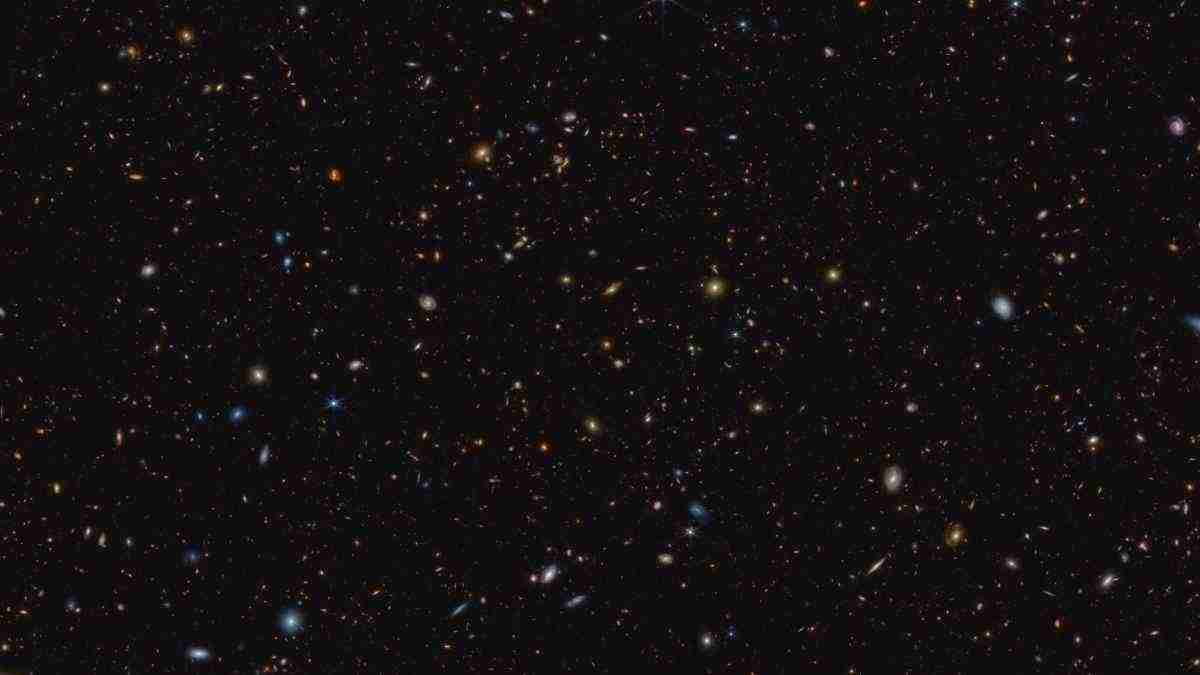The image of the galaxies was captured by the telescope as part of the JWST Advanced Extragalactic Survey Programme, popularly known as JADES.
Since it started operating, the James Webb Space Telescope (JWST) has been assisting researchers in resolving one of the most important astronomical mysteries: how did galaxies and stars initially form? Another light is shed in to the vastness of the universe by the Webb image that NASA released on Monday.

Over 45,000 galaxies can be seen in one frame in an image that the NASA James Webb Space Telescope has revealed. As part of the JWST Advanced Deep Extragalactic Survey programme, the telescope took the picture. Over 45,000 galaxies may be seen in the infrared image of the GOODS-South area that is displayed.
Probing the Universe’s Early Days
During the first year of scientific operations at Webb, the JADES programme plans to use the telescope for about 32 days in total to image some of the oldest galaxies ever seen. JADES has already found hundreds of galaxies from a time when the universe was less than 600 million years old, according to a NASA blog post.
The primary goal of the JADES initiative, according to Marcia Rieke from the University of Arizona who is also co-leading it, is to find answers to numerous questions including how galaxies come together, how some of them cease creating stars, and how quickly they create stars, among other things.
Insights into the Reionization Era
NASA claims that after the big bang, the cosmos was enveloped in a thick fog. This mist disappeared after a billion years, and the universe became transparent. The James Webb telescope observed galaxies from the Epoch of Reionization, or the time when stars and galaxies first entered the cosmos, in order to determine the cause of this. The researchers noticed that the galaxies from this time had star formation bursts that were particularly energetic and had strong signatures. It is thought that the hot, bright stars may have sent forth ultraviolet light, which helped ionise the atoms in the gas and change its state from opaque to transparent.

The first galaxies could only be seen as tiny smudges, according to Kevin Hainline, also from the University of Arizona. But these smudges were millions or billions of stars at the dawn of the cosmos. They can now be seen as extended objects with discernible structures through the telescope.
The results of this inquiry are being presented, according to NASA, during the 242nd American Astronomical Society meeting in Albuquerque, New Mexico.
Currently, the James Webb Space Telescope (JWST) is engaged in infrared astronomy. It can see objects that the Hubble Space Telescope can’t see because they are too old, far away, or faint. As the largest optical telescope in orbit, it is outfitted with high-resolution and high-sensitivity sensors. This makes it possible to conduct research on a wide range of astronomical and cosmological topics, such as the observation of the earliest star and the birth of the first galaxies.













